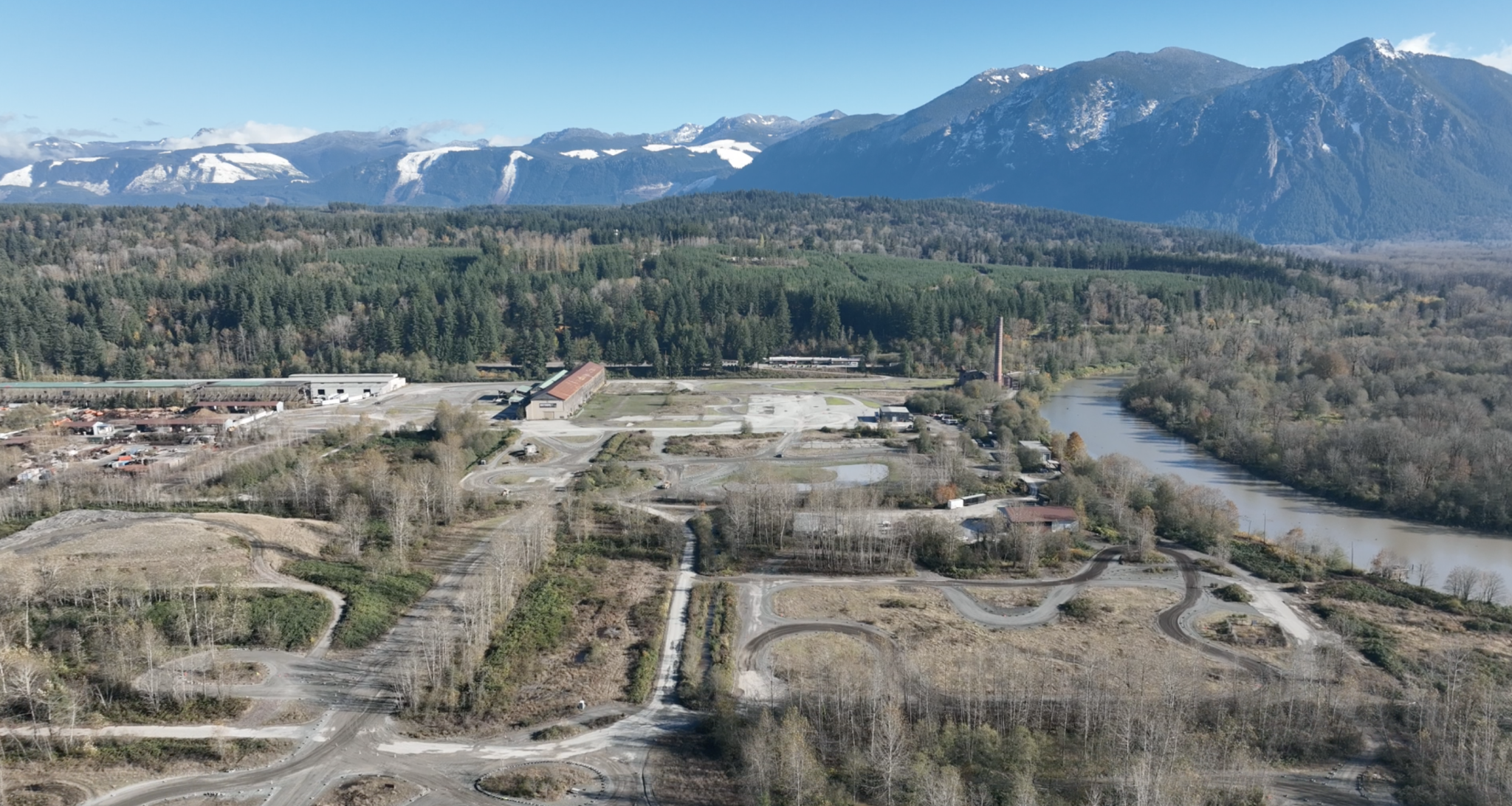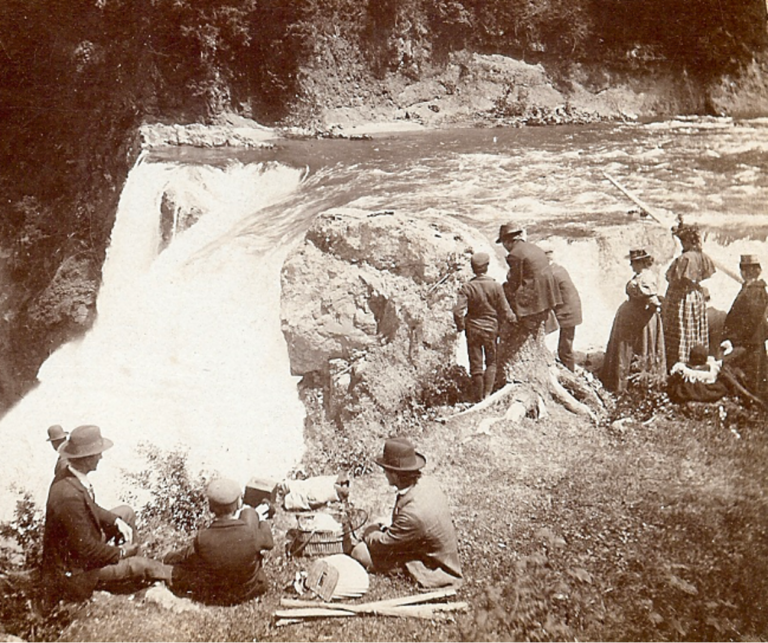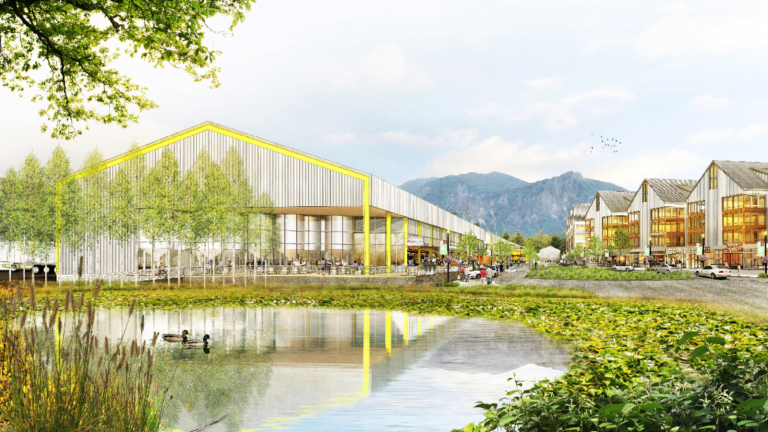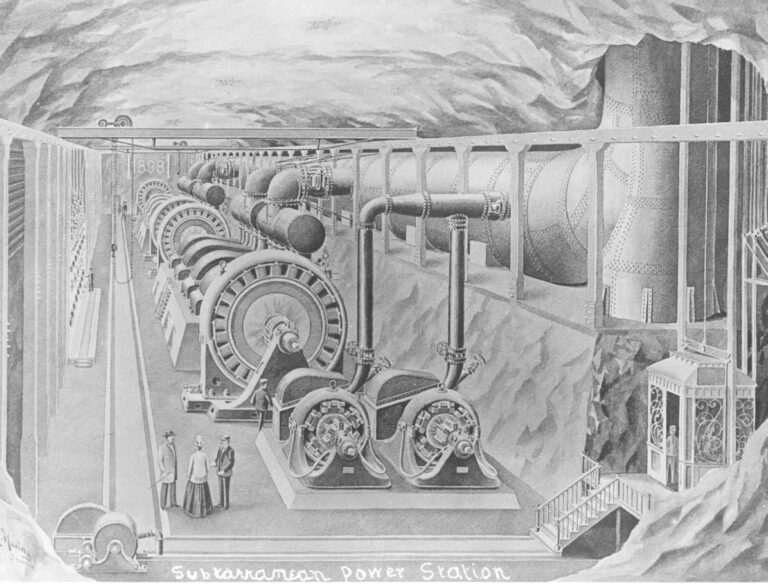

A Meticulous Approach to an Environmentally Focused Development
A Q+A with Cliff Schmitt, Principal Hydrogeologist and Co-Founder who is supporting the efforts to carry out environmental due diligence and compliance.
Farallon Consulting, an environmental and engineering consulting firm, is supporting the efforts at Snoqualmie Mill to carry out environmental due diligence and compliance, ensuring the development meets the necessary standards to create a community to live, work and play and provides lasting benefits to the environment.
Leading the effort is Cliff Schmitt, Principal Hydrogeologist and Co-Founder of Farallon Consulting, who has 35 years of experience in conducting investigation and cleanup projects including characterizing contamination in soil, groundwater, indoor air, and surface water. In the Q+A below, Cliff helps us to further understand the significance behind this process.
- Can you give us an overview of your role in completing an EIS (Environmental Impact Study)?
An Environmental Impact Study is a government required document that outlines the impact of a proposed project on its surrounding environment. We were part of a team of engineering and scientific disciplines that give input into the Environmental Impact Study. When going through this process, it’s key for us to thoroughly evaluate all existing information and develop a broad picture of potential risks from an environmental standpoint. Our role focused on evaluating how the development may impact legacy contamination, if present, and ensuring compliance with the State regulatory process for future assessment and cleanup of legacy contamination in conjunction with development activities.
The Environmental Impact Study went through many levels of public and government review to ensure compliance before it was finalized. This process ensures that redevelopment will result in an overall benefit to the community and the environment because redevelopment provides the initiative and funding for proper cleanup of legacy contamination.
2. What is a “brownfield” site and how is redevelopment key to getting these sites cleaned up?
A “brownfield” site is a property that is impacted by the presence of pollutants and is underutilized due to the presence of contamination. Our role is to conduct studies to identify the sources of contamination and the extent it has migrated through soil, groundwater, surface water, and air. Once the contamination has been characterized, we evaluate which technologies would work best for cleanup, then conduct the cleanup in accordance with established regulations.
Redevelopment provides an opportunity to fund the investigations and cleanup activities that otherwise may not occur for years and often facilitates cleanup by providing the means to remove and properly dispose of contaminated media (soil and groundwater). For example, if legacy contamination is found in soil, then the earthmoving equipment that will be used for grading the property for development can be used first to excavate the contamination in advance of construction activities.
3. Can you tell us about the process of South Lake Union’s dramatic transformation in the last 20 years?
Prior to the redevelopment, South Lake Union was not a highly desirable area. John Hinterberger, a columnist for The Seattle Times and architect Frederick Forde Bassetti had an initial vision for this area near the downtown Seattle core. Supported by Paul Allen, they wanted this area to be something similar to Central Park and acquired a substantial number of properties to support this vision. While that particular idea did not pan out, it kick-started a much needed refresh for the South Lake Union neighborhood. The eventual redevelopment resulted in many environmental cleanups of contaminated soil and groundwater at former industrial properties and beneath City streets in the South Lake Union neighborhood. In addition, high quality buildings were constructed and jobs were created from new companies joining the area as well as restaurants, retail and other recreational spaces that greatly benefited Seattle.
4. What does this process look like for the Snoqualmie Mill Site?
This site has been extensively studied by Weyerhaeuser and there has previously been a significant amount of cleanup. Unlike other evaluations we have done, this isn’t a blank canvas and there aren’t a lot of unknowns. Once we get regulatory approval, we will take the next steps to identify any residual legacy contamination, evaluate potential feasible cleanup alternatives, and implement the selected alternative in advance of or during development. This work will be done in compliance with current regulatory standards.
Several of the Farallon Consulting employees that work on this project live in Fall City, Snoqualmie, and North Bend. We’re excited to be working toward the long-term enhancement of the Snoqualmie Mill property and surrounding area and realizing the future benefits for the local community.



